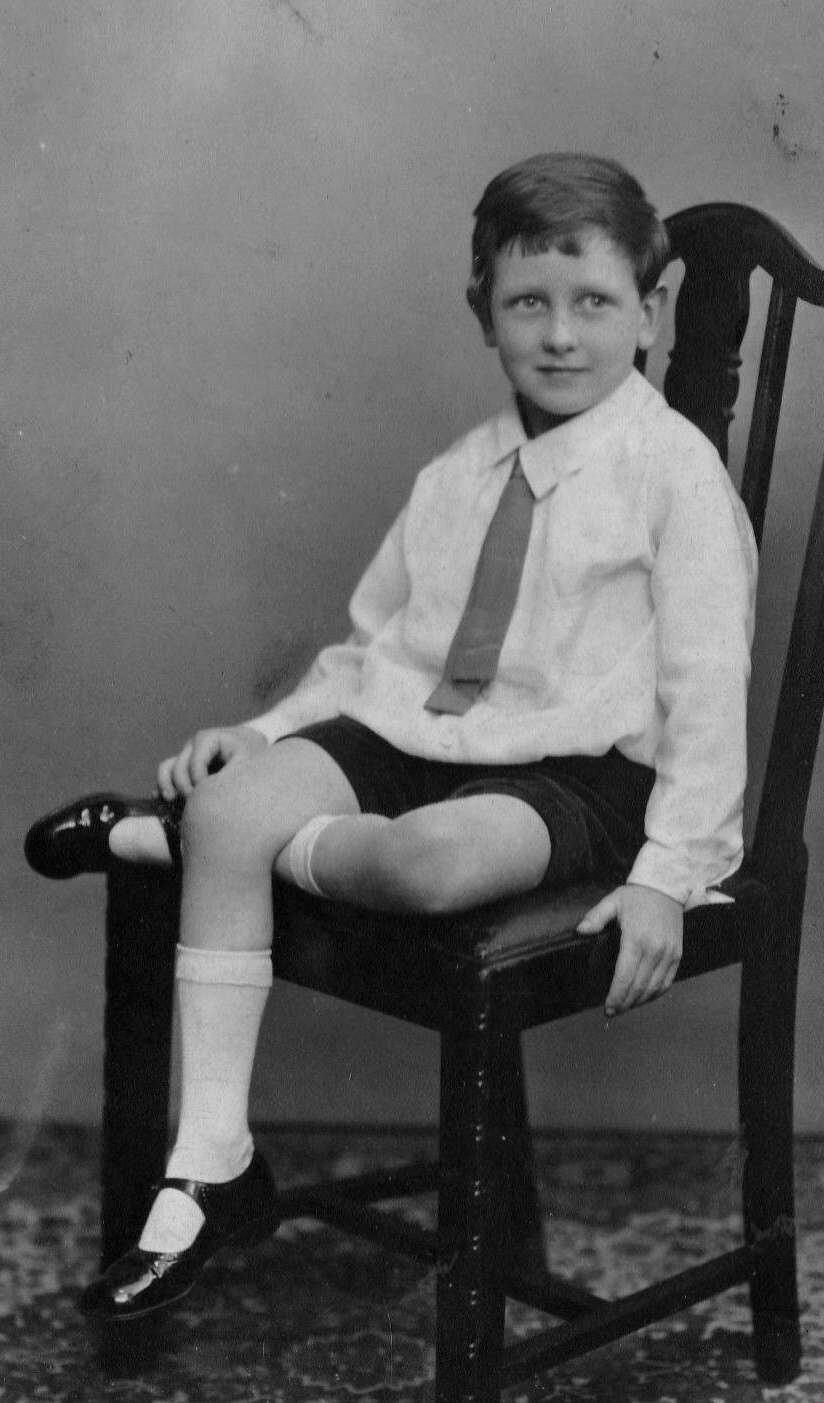 Figure 1.-- This unidentified English boy looks to be about 6-7 years old. He wears a white blouse, ytie, short pants, white kbe socks and clasic single bar strap shoes. He looks to be done up for a studio portrait, not any formal event. There aren't many clues as to the date, but we would guess about the portrait was taken about 1920. Boys at the ime would have only worn strap shoes for a formal occassion or in this case a studio portrait. |

